Medieval History

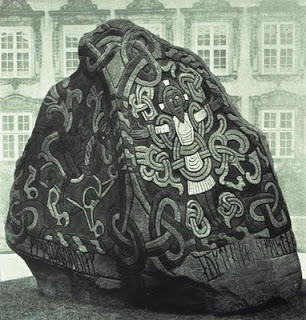
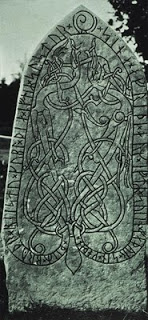
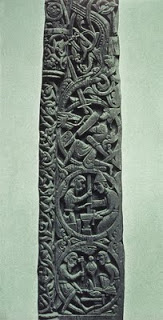

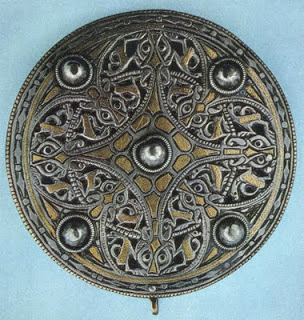
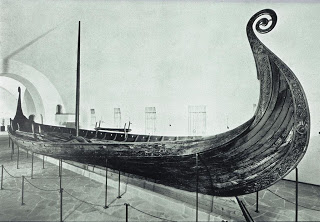
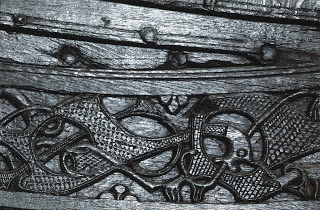
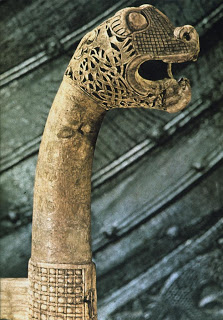
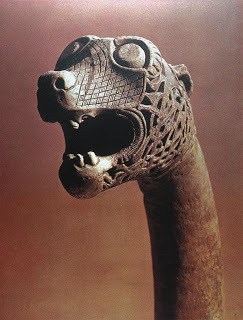
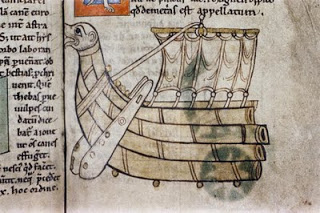
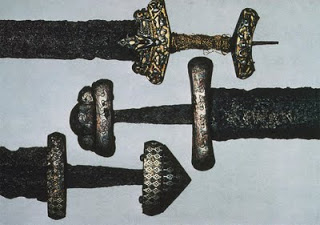
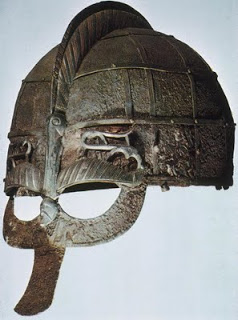
- Don?t Underestimate Viking Women
?To assume that Viking men were ranked above women is to impose modern values on the past, which would be misleading,? cautions Marianne Moen. She has been studying how women?s status and power is expressed through Viking burial findings. Her master?s...
- Historian Reveals New Insights Into Medieval Rune Stones
It was not necessary to be literate to be able to access rune carvings in the 11th century. At the same time those who could read were able to glean much more information from a rune stone than merely what was written in runes. This is shown in new research...
- Dragon Myth And Christianity In Old Norwegian Architecture
Stave Church at Borgund, twelfth century.Art historians are trained to notice similarities in artistic styles, so when a style seemingly has no outside influences, it is startling. Norway's stave churches built in the 11th and 12th centuries are unbelievably...
- 3 Brooches
Strickland Brooch, 830-860. Anglo-Saxon, silver and gold. Now at the British Museum. The rich look of the brooch is enhanced by a number of decorative techniques which clearly show the Anglo-Saxon love of color and light. Animal motifs are featured throughout....
- Norway's Stave Churches
In graduate school I wrote a paper arguing that Irish Romanesque churches were architectural descendants of earlier wooden churches, and that these wooden churches were similar to Norwegian stave churches built in the 12th century. The style was fluent...
Medieval History
Viking Art
Religious Art

Runic Stones of kings Gorm (right) and Harald (left), 10th C, Denmark, East Jutland, Jelling.
Viking crucifixion scenes are unique in the pervasive realm of Christian art, where so much is ruled by convention and tradition. Runes! Interlace! Stone! Love the non-Italian-ness of it, and limited Byzantine influence. Anatomy is unimportant compared to the decorative interlace. But by including a figure, this shows a shift away from zoomorphic interlace that is the most common in Viking art.

Runic Stone: Crucified Christ in Interlace, c.940, Denmark, East Jutland, Jelling. Made for Harald Bluetooth.
Polychroming, oh-so cool. The Greek halo is present behind Christ's head. I'm interested in the kilt-like appearance of his clothing. I also love how the artist did not endeavor to alter the shape of the original stone, he simply worked around it (literally!), which is difficult to so with knots. This is the impervious Christ, meaning this adheres to more Early Christian types rather than later depictions of Christ, which show a Christ in pain. This reminds me in style and tone of Irish reliquaries and bells, particularly in the mask-like appearance of Christ's face.

Runic Stone, 10th C, In Sandby Church, Sweden, Oland.
Again, using the existing stone shape, surrounded by runes. I imagine carving serpentine curvaceous shapes into stone is a difficult task!

Wood carving from a Stave Church Portal, 12th C, Hyllestad, Norway.
I like how two of the images depict metal workers on a wooden scultpure.
Viking Decorative Art

Ivory Casket, c.1000, currently owned by Bayerisches Nationalmuseum.
What a marvelous chest. Whatever it originally held must have been even more prestigious. That's a lot of ivory, and a lot of decorative metalwork.

Strickland Brooch, 9th c., silver with gilt niello and blue glass.
Such a mobile people needed equally mobile art, like brooches and pins. Marvelous symmetry and polychromatic metalwork.
Seafaring


Oseberg Ship found in mound near Oseberg, Norway: Oslo, Viking Ship Museum oak & beechwood, c. 825
Honestly, I still can't imagine beefy guys floating in one of these ships. Even though this was a ship for a chieftain's burial, it is essentially the same as a sea-going cargo ship. How would they keep from being washed overboard at the first large wave? Amazing craftsmanship!


Animal head post, from the Oseberg ship burial, Norway, ca. 825, Vikingskiphuset, Oslo, Norway.
Fierce. Probably scarier now than it was originally - all toothless and eyeless.

Treatise on astronomy, Folio #: 032r, 12th century, middle, Stern end of Viking ship, with two steering oars and figurehead. Copies a prototype of 11th century, probably London, B.L., Cotton MS. Tiberius B. V.
Kinda clear the artist had never actually been aboard one of these vessels. Where's the base of the mast? Hmm. I like how at the bottom right a star is shining through from the verso side of the folio, speaking to its true purpose as a treatise on astronomy.
Warfare

Three Sword Hilts fr. Gotland, Uppland & Dybeck/Schonen, 10th-11th C, inlaid copper, silver, bronze

Helmet from Grave I at Vendel, Sweden, 7th C.
I like how the eyebrows are emphasized, and how the bridge of the nose looks like the animal figurehead of a Viking ship. Not too comfy though, eh?
- Don?t Underestimate Viking Women
?To assume that Viking men were ranked above women is to impose modern values on the past, which would be misleading,? cautions Marianne Moen. She has been studying how women?s status and power is expressed through Viking burial findings. Her master?s...
- Historian Reveals New Insights Into Medieval Rune Stones
It was not necessary to be literate to be able to access rune carvings in the 11th century. At the same time those who could read were able to glean much more information from a rune stone than merely what was written in runes. This is shown in new research...
- Dragon Myth And Christianity In Old Norwegian Architecture
Stave Church at Borgund, twelfth century.Art historians are trained to notice similarities in artistic styles, so when a style seemingly has no outside influences, it is startling. Norway's stave churches built in the 11th and 12th centuries are unbelievably...
- 3 Brooches
Strickland Brooch, 830-860. Anglo-Saxon, silver and gold. Now at the British Museum. The rich look of the brooch is enhanced by a number of decorative techniques which clearly show the Anglo-Saxon love of color and light. Animal motifs are featured throughout....
- Norway's Stave Churches
In graduate school I wrote a paper arguing that Irish Romanesque churches were architectural descendants of earlier wooden churches, and that these wooden churches were similar to Norwegian stave churches built in the 12th century. The style was fluent...
